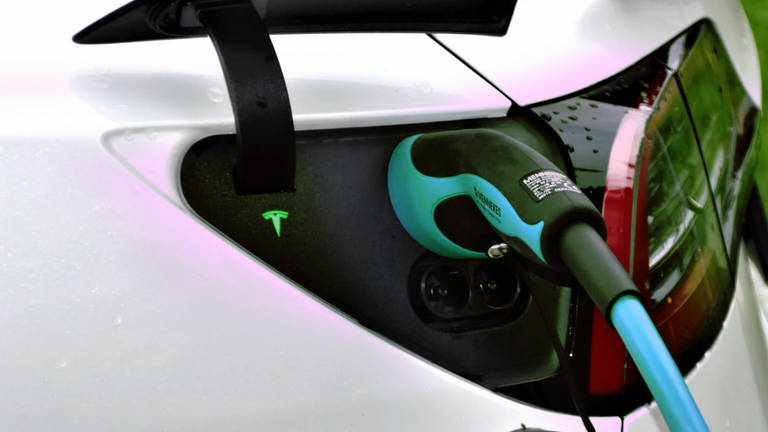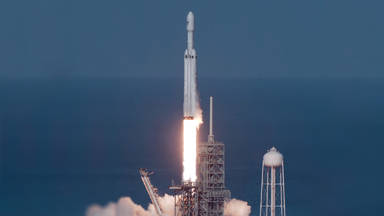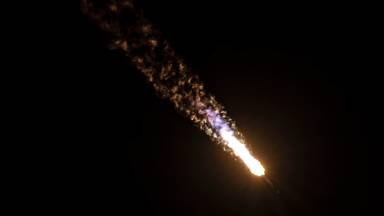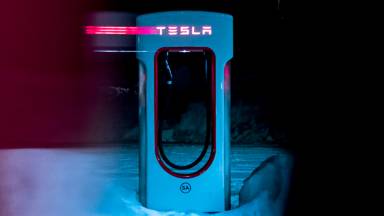
Elon Musk went on stage last month to share the latest developments in Tesla battery technology with investors and tech enthusiasts around the world.
To summarize the subject of this speech, the main challenge Tesla is trying to overcome is supply chain logistics.
The focus of Battery Day was not primarily on increasing energy density as it becomes increasingly difficult to achieve profits in this area, and Tesla is currently facing difficulties in business development. To successfully fulfill their mission of accelerating the transfer of energy from fossil fuels across the world, they must rapidly expand their commercial scale.
Despite Tesla's outstanding reputation, it is still not a large company in the automotive world. Global automakers such as Toyota and Volkswagen sold about 11 million vehicles each in 2019. The Battery Day is a window to the dilemma that Tesla faces to become an automotive giant. Especially in this part, Tesla's ambitions and challenges are very clear.
Similarly, it is estimated that increasing the current battery output from 0.1 TWh to 10 TWh would require converting total energy consumption to 10 TWh of battery output per year.
In result, the current production in this sector has to be increased 1600 times. Fossil fuels need to be replaced quickly, but it is not an easy move. Let us explain the development challenges facing Tesla and each battery manufacturer and some of the improvements they have made to reach their goals. The battery supply chain begins with mining.
Several natural elements are required for building a battery, and without them, the supply chain could not be started. Different manufacturers use different types of battery chemicals for different purposes.
First, let's take a quick look at how Tesla batteries work and how to be a little creative to solve supply chain problems. Like all batteries, lithium-ion batteries have a positive electrode (the cathode), and a negative electrode (the anode) which are separated by an electrolyte. These batteries supply positively charged ions in the form of lithium ions between the positive and negative electrodes and generate potential between both sides of the battery which makes electrons move, thus supplying the device with power.
This process is essential for reversible lithium-ion batteries because lithium ions are freely stored and placed in the gap between the anode and cathode crystal structures. This is called intercalation.
Therefore, when the opposite voltage is applied to the battery, the lithium ions move backwards through the electrolyte bridge and re-enter the cathode. This is the basic principle of a battery.
The anode and cathode materials create a small storage bin for lithium ions to pause between charged and uncharged modes. Lithium is a constant feature of these batteries.
It is used because it is the third lightest metal element and allows Ions to have excellent amount of energy for the weight characteristics of the battery.
This is the first raw material needed to make a battery. However, lithium itself does not determine the energy capacity of the battery.
It mainly depends on the weight and size of the lithium-ion storage box. For example, Tesla batteries mainly use graphite as the negative electrode material.
Graphite is a lightweight material, but the graphite anode requires six carbon atoms to store lithium ions. If instead Silicon is used to make the anode material (what Tesla was looking for), only one silicon atom is needed to bond 4.4 lithium ions, so even if the silicon atom is 2.3 times heavier than the carbon atom, It helps reducing the number of the required atoms and the required storage space. This way you get 11.3 times more power capacity.
This means that less silicon is needed to make a battery of the same capacity. Therefore, improving the chemistry of the battery not only makes the battery lighter, but also uses less material in the battery, reducing pressure on the supply chain. The problem is that 4.4 lithium ions in the silicone mesh increase the volume by 400% when fully charged compared to its empty state.
This expansion creates pressure inside the battery, damaging the anode material and ultimately leading to loss of rechargeable battery capacity. This makes it difficult to handle the anode material, but Tesla is currently working on these batteries and is trying to solve this problem. They also claim that the proportion of silicon in the anode is very small.
Now let's move on to the cathode. Here, different manufacturers choose different materials. Some, like Nissan leaf, which use manganese which reduces energy density but also reduces the costs, while others, like Tesla, focusing on increasing energy density, opt for Nickel-Cobalt-Aluminium cathode which is called an NCA battery.
This affects not only the battery supply, but also the final cost. It's wise for Tesla to actually diversify the items on its shopping list and reduce its reliance on items. This helps reduce potential bottlenecks when items are difficult to obtain.
This is a good shopping list of potential battery ingredients: Graphene, silicon, lithium, nickel, cobalt, aluminum, manganese, iron, phosphorus.
The battery does not contain much lithium. As Elon said, this is like salt on salad. On average, there are about 70 grams of lithium per kilowatt hour. An average 100kWh Tesla battery contains about 7kg of lithium.
A typical 100kWh battery weighs about 600kg, so a total of 7kg is only a small part of the material used. But if you increase it to 10 TWh (that is, 100 million batteries at 100 kWh), everything quickly goes out of control. For each year we would need 700 million kilograms or 700,000 tonnes of lithium.
However, it should be noted that the world's reserves are 17 million tonnes, which are being held to prevent market oversaturation and price declines. A surge in demand can reduce reserves.
Lithium is not a big issue for now, but Cobalt is different.
In 2019, a single country's cobalt production accounted for more than 70% of the world's total production. Democratic Republic of the Congo.
This has always been an important issue for tech companies that use cobalt for their batteries. In 2019, Washington DC filed a large lawsuit against Apple, Google, Dell, Microsoft, and Tesla. This was due to horrible extraction activities in the Democratic Republic of the Congo. Child labor and dangerous mining practices are common in this industry, called ASM.
Tesla's main task in solving this problem is to reduce the cobalt content of the battery.
Obviously, this is a complex geopolitical issue. I don't know how Tesla should interfere with human rights issues in other countries.
To measure up to 10 MWh of power, we need 600 million kilograms or 600,000 tonnes per year. This exceeds the current production of 140,000 tons.
About 7 million tonnes of cobalt are in reserve, half of which is still owned by the Democratic Republic of the Congo.
Another important source of undeveloped cobalt is on the seabed, estimated at 120 million tonnes, but we can agree that thinning floors is not the answer to climate change.
Tesla had to find a cobalt alternative. Thus they completely replaced cobalt with nickel. The supply chain is stronger because the Earth's crust has three times the nickel content of cobalt and is evenly distributed throughout the continent. However, nickel makes up the majority of Tesla's cathode weight, and nickel can be a bottleneck for progress. A 100kWh battery contains about 70 kilograms of nickel, because a Tesla battery contains about 700 grams of nickel per kilowatt hour. Much more than the previous materials.
In order for the electric vehicle market to survive and overcome these supply chain problems, it is necessary to create a cyclical supply chain. Several start-ups are competing for the world's first large-scale lithium-ion battery recycling station.
Tesla is now clearly prioritizing rapid growth. They need cheaper grid storage technologies because lithium-ion batteries are not a long-term solution. Currently, various methods of storing energy on a cheaper grid scale are being developed. Many of them will reach a stage where they can compete commercially against lithium-ion batteries in the next five years.
Energy storage has been one of the crucial technologies of the last decade, and future generations will probably take it for granted, but we will look back with admiration for the people that helped save our planet.









